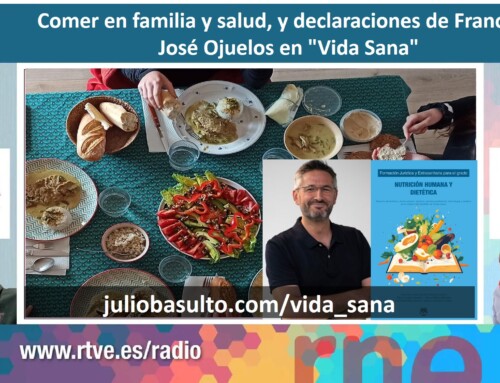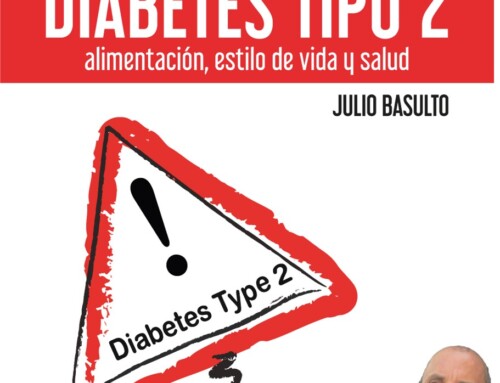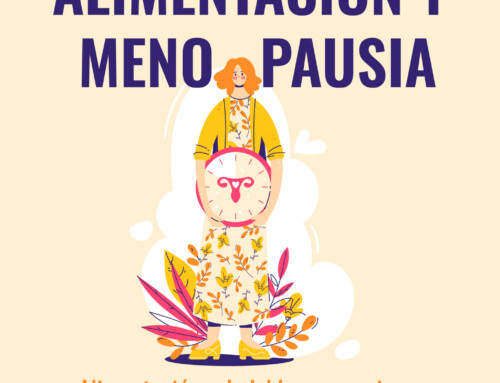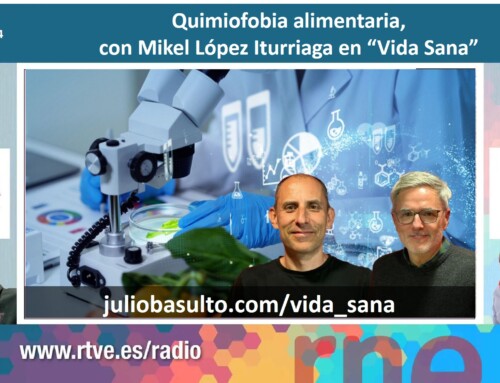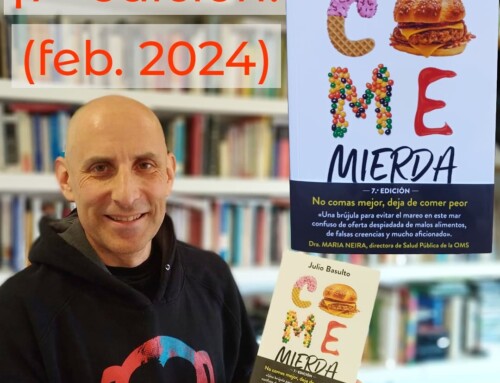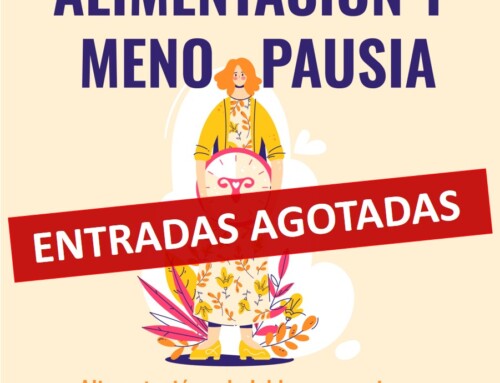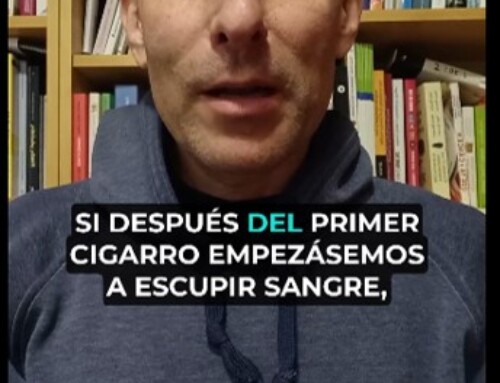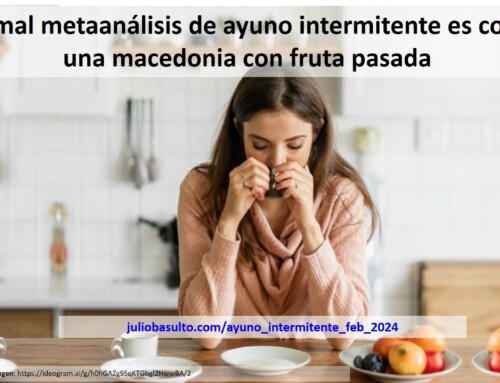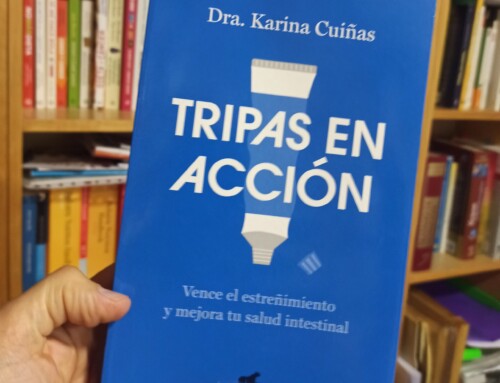Note: many thanks to my friend Mónica Marcano (@monicamarcano) for her translation of this text (the Spanish version is “El viacrucis de la obesidad”).
She was born with a high genetic risk of obesity (Hum Mol Genet. 2006 Oct 15;15).
Her mother did not receive any kind of breastfeeding guidance. At birth, the nursing staff plugged her several bottles «because she cried a lot» and her parents left the hospital with a «hamper» that included several samples of infant formula («bottle»). She was never breastfed, which protects against the risk of obesity (Acta Paediatr. 2015;104(467):30-37).
At 2 years old, a healthcare worker considered that she was «not quite on the percentile» and prescribed a drug to increase her appetite, which caused her to gain too much weight (Subst Abuse Treat Prev Policy. 2016;11:7).
Her parents, of humble condition and without skill, fell into predatory marketing networks and fed their daughter throughout her childhood, unhealthy food products without being aware of the risk to which they exposed her (Rev Pediatr Aten Primaria. 2020;22:e65-e80).
The neighbourhood where she lived as a child was very conflictive and it was dangerous to play outside in the street which was also full of cars and lacked space to play, so she had a very sedentary childhood (Ann Agric Environ Med. 2014;21(3):590-594).
Due to her growing excess weight, she was injured very easily in gym classes or playing on the patio, which further increased her sedentary lifestyle (J Pediatr Surg. 2009 Aug;44(8):1601-5).
She suffered the difficult divorce of her parents at the age of 12 and had to watch numerous violent scenes of screaming, and even beatings. This also contributed to her increasingly worrying excess weight (Demography. 2019 Jun;56(3):785-811).
At the age of 14 she was raped, which greatly increases the risk of obesity (Pediatr Obes. 2014;9(5):351-361).
In her teenage years she already suffered obesity and several classmates made fun of her constantly («seal», «fatty», «stop gobbling» …). To avoid depression she took refuge in food.
At 17 she wanted to lose weight on her own but she failed, and felt guilty (PLoS One. 2017; 12(1): e0167571).
At 18 she went to a pseudo-nutritionist who prescribed a miracle diet… which caused her to lose a lot of muscle mass, with the consequent rebound effect (Int J Obes (Lond). 2007;31(5):743-750). He accused her of lack of willpower (Rev Assoc Med Bras (1992). 2012;58(2):254-262).
At the age of 20, she was not accepted in several jobs because she was too heavy (Front Psychol. 2016; 7: 647).
She continued to experience discrimination and stigma, even from people that were close to her (Health Educ Res. 2008;23(2):347-358.) with the consequent damage to her self-esteem (Soc Sci Med. 2011;73(4):491-497).
She fell into the networks of other «alternative therapists» who promised she would lose weight with natural pills or detoxifying shakes. She wasted time, money and health, and gained increasingly more weight, more frustration, and more disorientation (Obesity (Silver Spring). 2011;19(2):239-244).
Today she weighs 100 kilos. She is one more victim of the «obesogenic» environment (i.e. that generates obesity). But a good part of the population thinks, when they look at her, that her obesity is due to her being gluttonous and lazy.
As Gary D. Foster, Angela P. Makris and Brooke A. Bailer said, citing Stunkard and Sobal, «disparagement of obese individuals is the last socially acceptable form of prejudice» (Am J Clin Nutr. 2005;82(1 Suppl):230S-235S.).
To know more: “La pereza, ¿engorda?” (https://www.consumer.es/alimentacion/la-pereza-engorda.html).
Note: many thanks to my friend Roser Jordà for her invaluable help in reviewing this text.
Posdata (8 de febrero de 2021). Una revisión sistemática de la literatura de Krista Schroeder y colaboradores, recién publicada en la revista Obesity Reviews, acaba de confirmar que los traumas infantiles (sobre todo los abusos sexuales) muestran una clara relación con el riesgo de obesidad. Schroeder K, Schuler BR, Kobulsky JM, Sarwer DB. The association between adverse childhood experiences and childhood obesity: A systematic review. Obes Rev. 2021 Jan 27. doi: 10.1111/obr.13204. Epub ahead of print. PMID: 33506595. https://pubmed.ncbi.nlm.nih.gov/33506595/
P.D.2 (9 de octubre de 2022): Un seguimiento de nada menos que 2.006.296 personas con exceso de peso llegó a la conclusión de que la posibilidad de que una persona con obesidad adelgace y mantenga la pérdida de peso con los años es rara. Y la posibilidad de que consiga un peso normal es «extremadamente baja» (Fildes A, Charlton J, Rudisill C, Littlejohns P, Prevost AT, Gulliford MC. Probability of an Obese Person Attaining Normal Body Weight: Cohort Study Using Electronic Health Records. Am J Public Health. 2015 Sep;105(9):e54-9). Eso no significa que dicha persona no pueda adelgazar y mejorar las condiciones de salud relacionadas con el exceso de peso (el objetivo de los tratamientos para la obesidad es conseguir disminuir un 5-10% el peso corporal –J Acad Nutr Diet. 2016 Jan;116(1):129-147-). Significa que conseguir el «normopeso» cuando ya está instaurada la obesidad no es tan fácil como suele creer la población. De ahí la siguiente reflexión que acabo de compartir en mi cuenta de Twitter:
Para quien afirma con fervor patriótico que nunca iría a «un nutricionista gordo»: minusvalorar a un nutricionista por padecer obesidad es como hacerlo con un óptico-optometrista por llevar gafas. Ni la miopía ni la obesidad son culpa de quien las padece: https://t.co/qmUtoFdEQu
— 🏳️🌈Julio Basulto (@JulioBasulto_DN) October 8, 2022
Subscription to this blog: http://juliobasulto.com/novedad-suscripcion-a-mi-blog-a-traves-del-correo-electronico/
Upcoming Julio Basulto courses or conferences:


